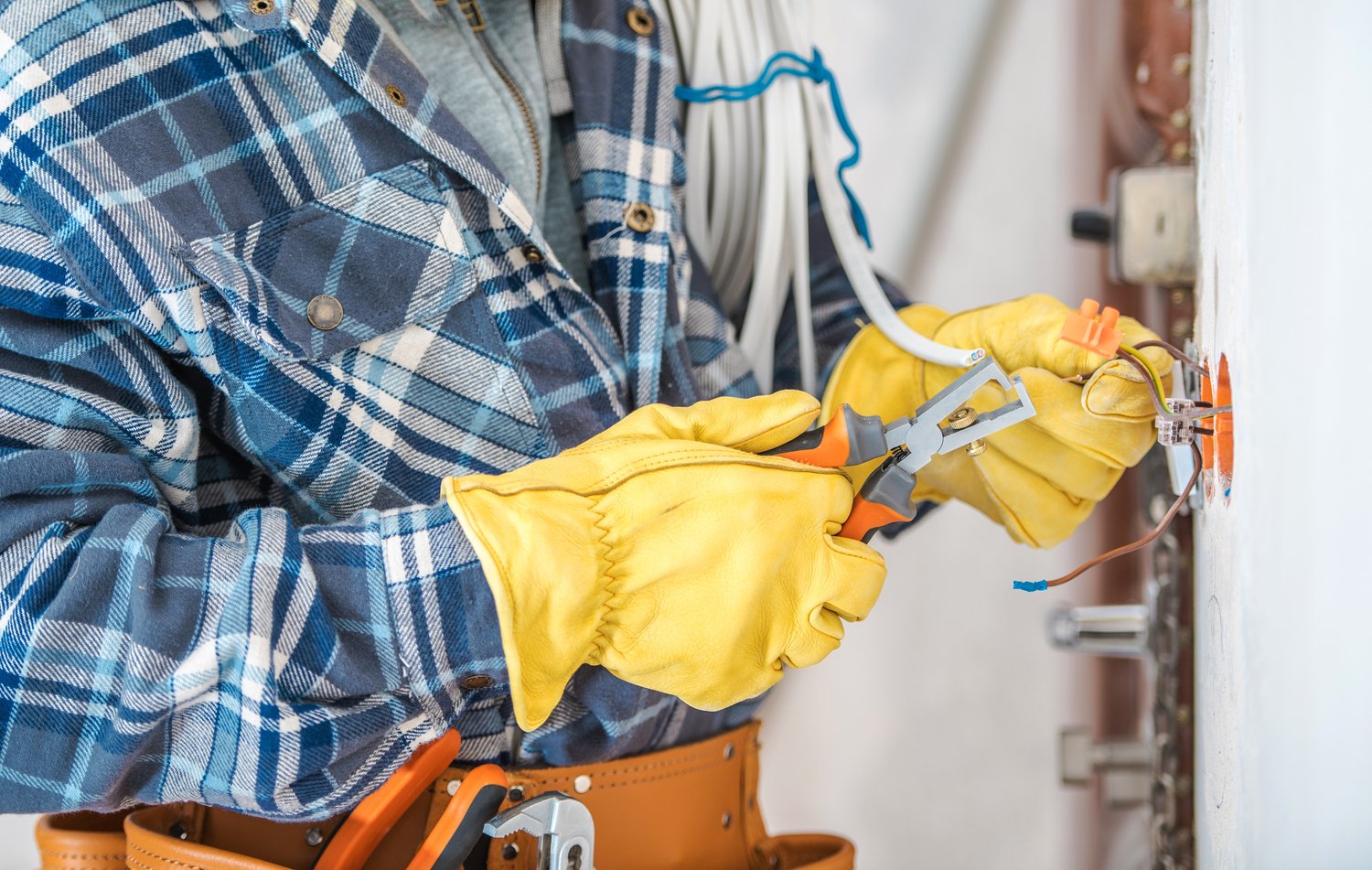Window treatments transform our living spaces with style and functionality, but they also collect dust, allergens, and grime over time. Regular cleaning of your blinds, curtains, and shades not only enhances their appearance but also improves indoor air quality. This comprehensive guide provides effective methods for dust removal from window coverings and specialized techniques for cleaning different types of window treatments. Whether you’re dealing with delicate fabric curtains or sturdy vinyl blinds, these professional tips will help maintain their beauty and extend their lifespan.
Why Regular Cleaning Matters
Window treatments often go unnoticed during routine cleaning sessions, yet they accumulate significant amounts of dust and allergens. When left untended, blinds, curtains, and shades become breeding grounds for dust mites and can trigger allergic reactions. Beyond health concerns, dirt buildup diminishes the aesthetic appeal of your window coverings and can lead to premature deterioration of materials. Establishing a consistent cleaning schedule for your window treatments preserves their appearance and functionality while contributing to a healthier home environment. Most window coverings benefit from light dusting weekly and deeper cleaning every three to six months, depending on factors like pets, smoking, and proximity to high-traffic areas.
Tools for Effective Window Treatment Cleaning
Success in cleaning window treatments begins with having the right tools. For maintaining clean blinds, microfiber cloths or dusting gloves provide excellent dust-trapping capabilities without scratching delicate surfaces. A vacuum cleaner with brush attachments works wonderfully for dust removal from window coverings, especially fabric curtains and textured shades. For deeper cleaning of washable items, mild detergents that won’t damage fabrics or finishes are essential. Specialty cleaners designed for specific materials can be found through reputable sources like AskHomey, where expert recommendations ensure safe and effective cleaning. Additionally, consider investing in extension wands for hard-to-reach areas and lint rollers for quick touch-ups between more thorough cleanings.
Cleaning Different Types of Blinds
Each blind material requires specific cleaning approaches. For wood blinds, avoid excess moisture that could warp the slats by using a slightly damp cloth with a mild wood cleaner. Metal and vinyl blinds offer more flexibility in how to clean blinds; they can be carefully removed and soaked in a bathtub with warm water and gentle dish soap for thorough cleaning. After soaking for about an hour, rinse thoroughly and hang to dry completely before reinstallation. For aluminum blinds that have accumulated stubborn grime, adding a cup of white vinegar to the bathwater helps cut through dirt without damaging the finish. Vertical blinds require gentle handling—dust regularly with a microfiber cloth and spot clean with mild soap and water as needed, taking care not to bend the hanging mechanisms.
Washing Curtains Guide
Fabric curtains demand careful attention to maintain their color and texture. Begin by checking care labels for washing instructions, as some materials require dry cleaning only. For machine-washable curtains, remove all hardware before placing them in a gentle cycle with cold water and mild detergent. Avoid overloading the washing machine, as this can cause wrinkles and damage. Sheer curtains benefit from hand washing in a sink with lukewarm water and delicate fabric detergent. When it comes to drying, most curtains should be hung while slightly damp to minimize wrinkles, though some heavier fabrics may require light ironing. For non-washable curtains, professional steam cleaning offers a safe alternative that effectively removes dust and odors without water damage.
Caring for Cellular and Roller Shades
Cellular (honeycomb) shades present a unique cleaning challenge due to their textured structure. Regular dusting prevents dirt from settling deep within the cells, making maintenance easier. For deeper cleaning, use compressed air to blow out trapped dust or gently vacuum with a brush attachment on low power. Spot cleaning works well for localized stains—apply a small amount of mild soap and water with a clean white cloth, blotting rather than rubbing to prevent damage to the delicate fabric. Roller shades typically collect less dust because of their smooth surface but still benefit from regular attention. Clean vinyl roller shades with a microfiber cloth dampened with a solution of mild detergent and water, then allow them to dry completely before rolling up to prevent mildew growth.
Specialty Window Treatments
Bamboo and woven wood shades require minimal moisture during cleaning to prevent warping or discoloration. Dust these natural materials weekly using a dry microfiber cloth or vacuum with a soft brush attachment. For roman shades, extend them fully before cleaning to access all fabric folds. Use a handheld vacuum with a fabric attachment for regular maintenance, and spot clean stains promptly with appropriate fabric cleaners. Motorized blinds demand extra caution around mechanical components—dust exposed surfaces carefully and avoid liquid cleaners near motors or electronic parts. For all specialty window treatments, consult manufacturer guidelines before attempting extensive cleaning to prevent accidental damage.
For more tips and to connect with reliable home service professionals, follow AskHomey on Facebook and Instagram.



